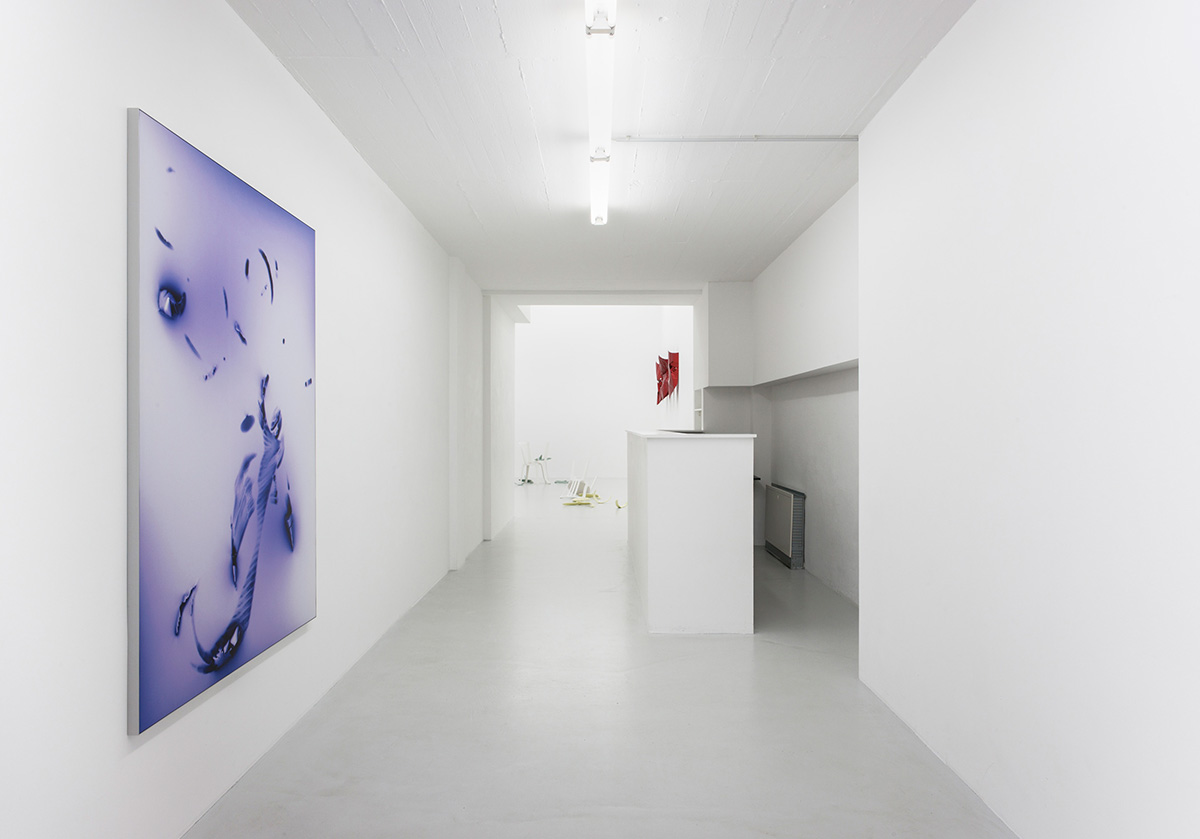 Exhibition view
Exhibition view
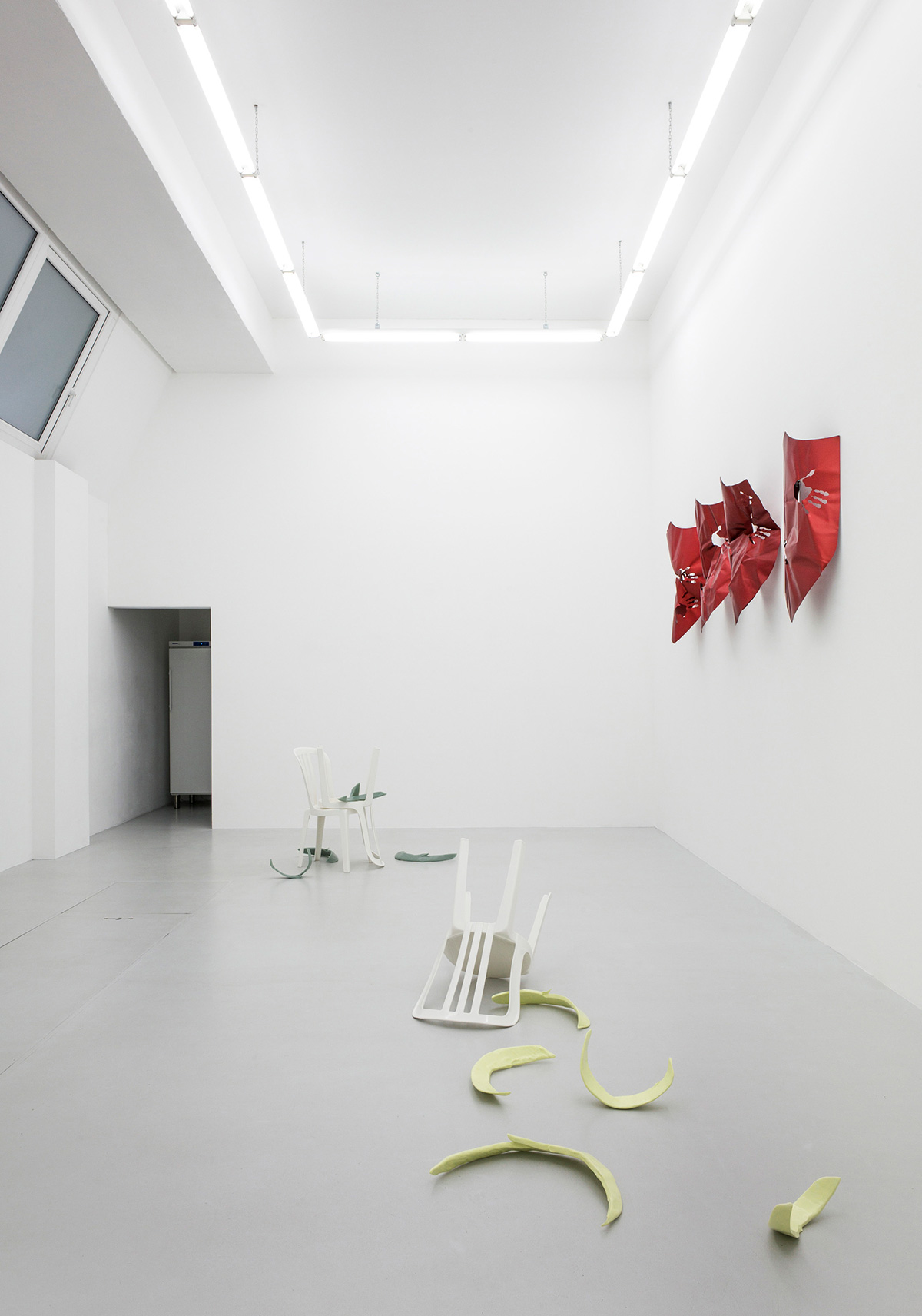 Exhibition view
Exhibition view
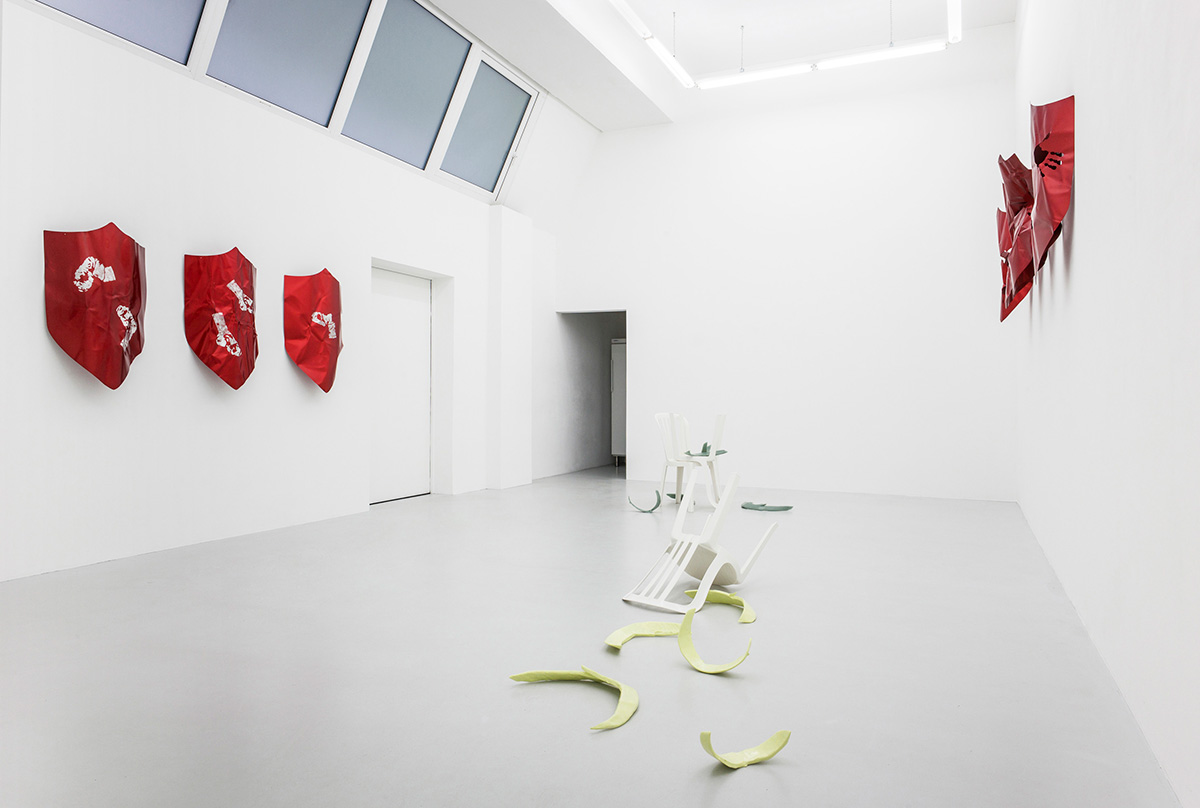 Exhibition view
Exhibition view
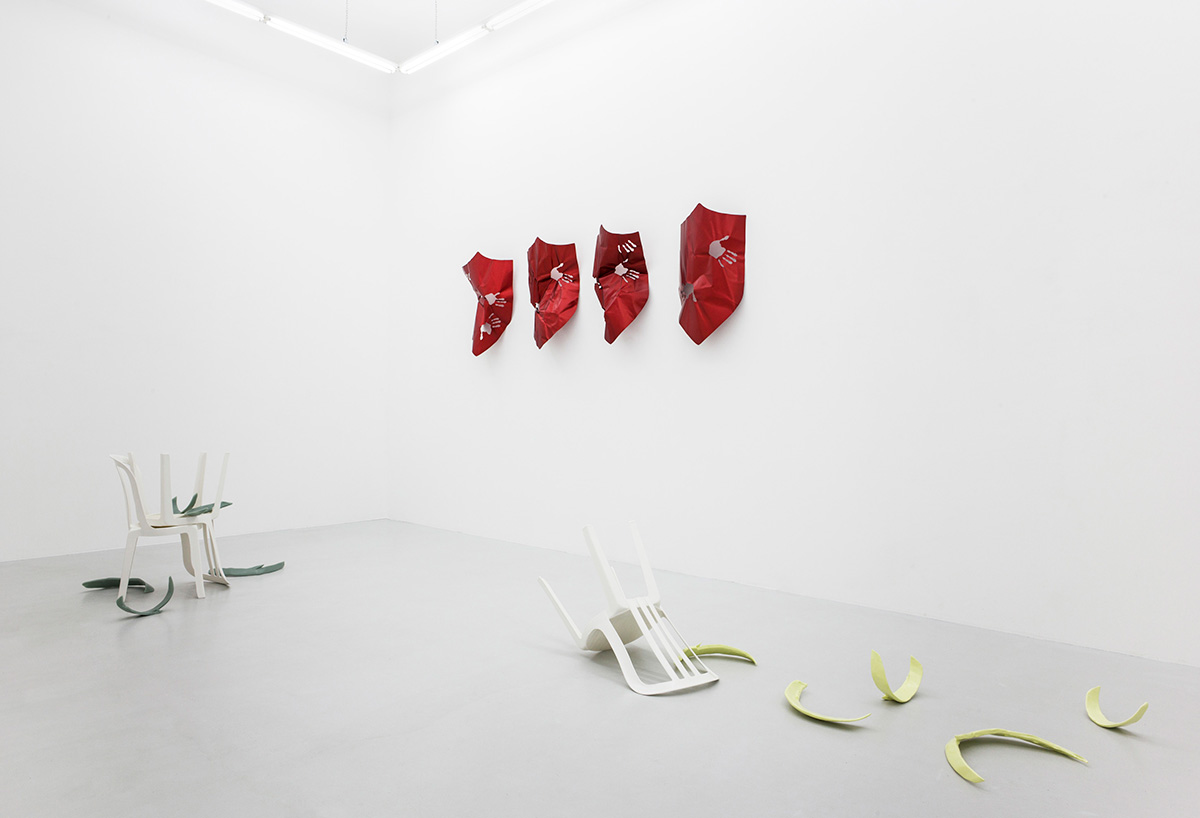 Exhibition view
Exhibition view
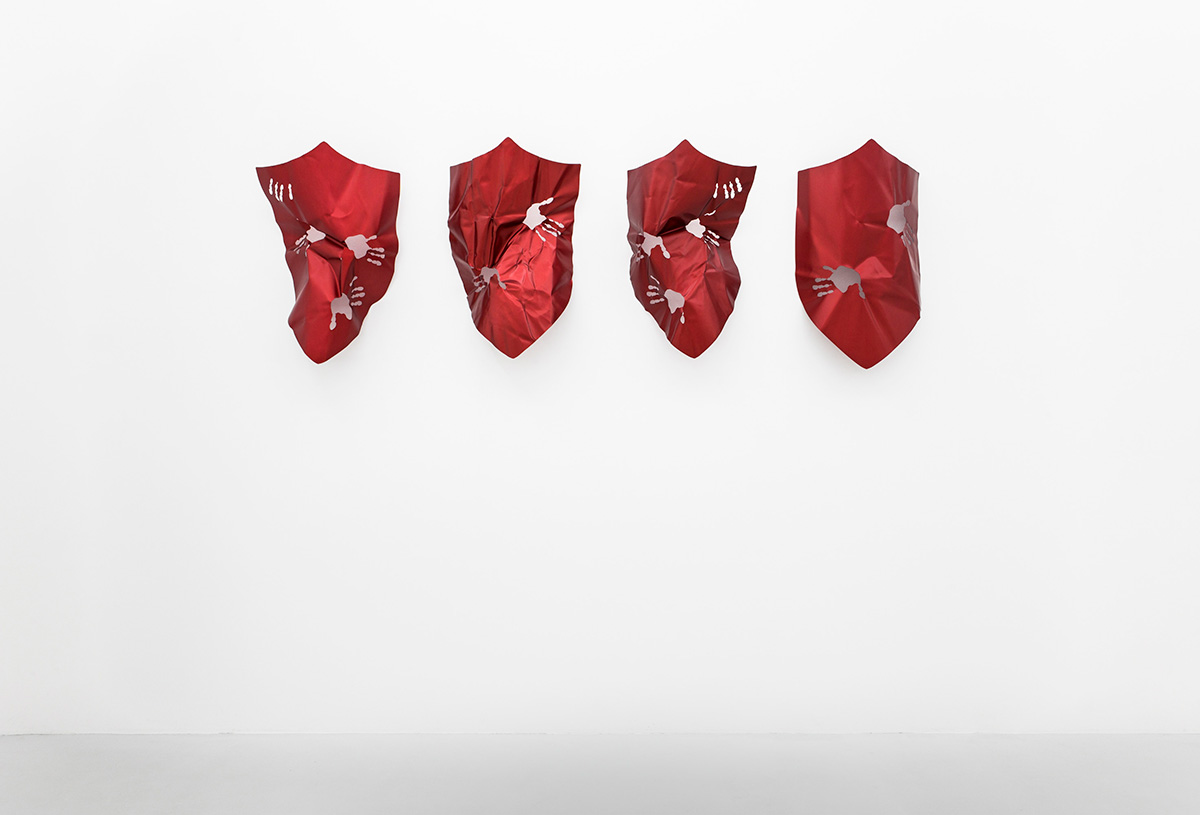 Exhibition view
Exhibition view
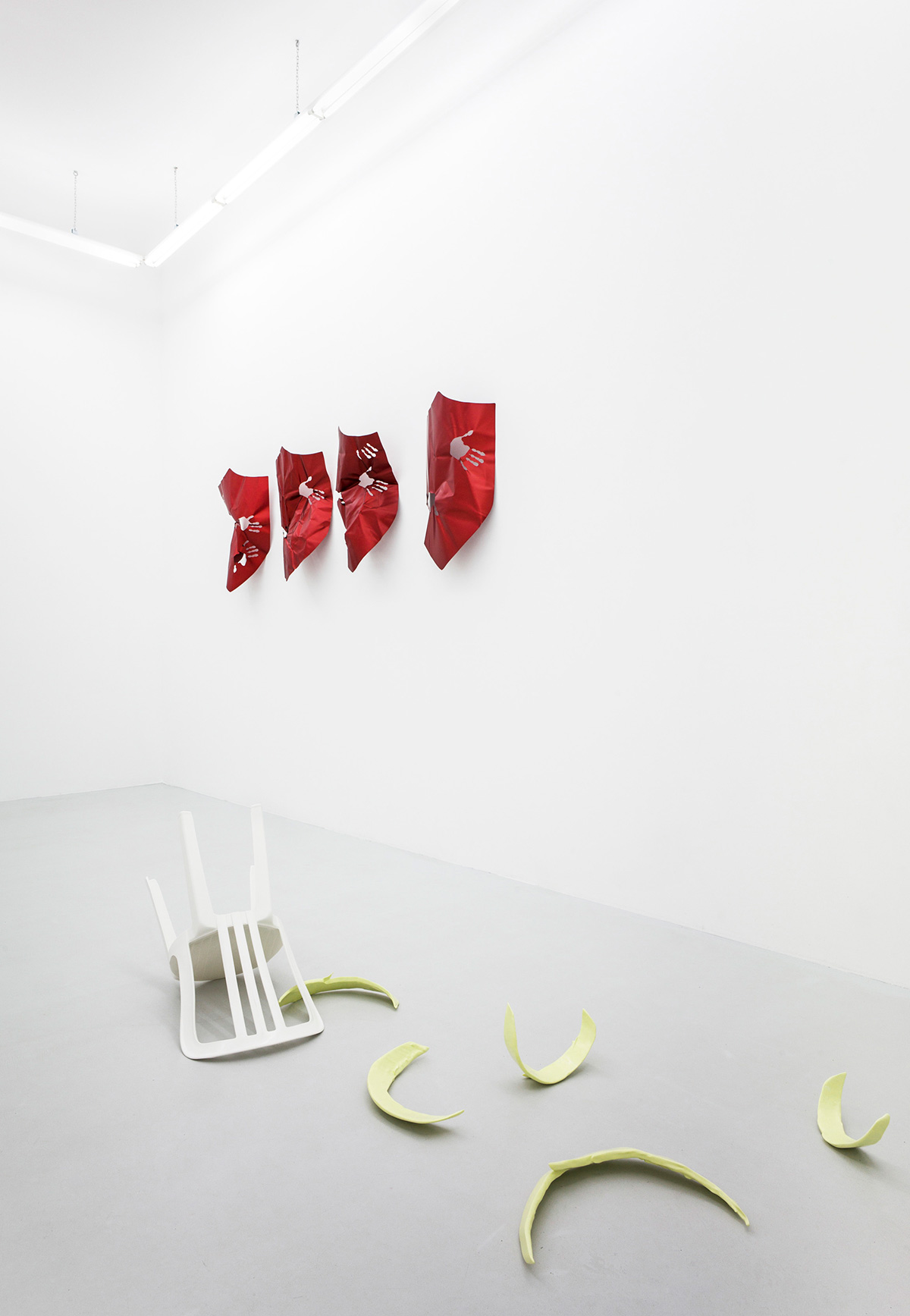 Exhibition view
Exhibition view
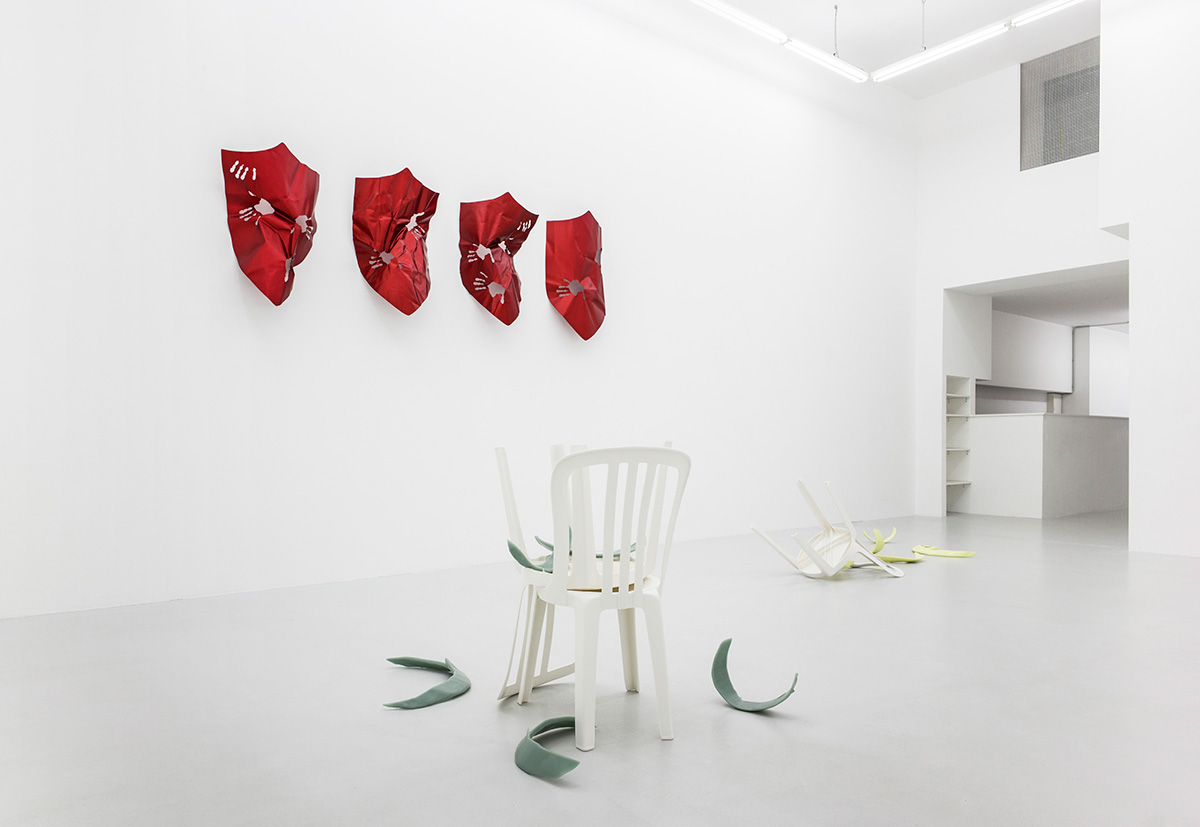 Exhibition view
Exhibition view
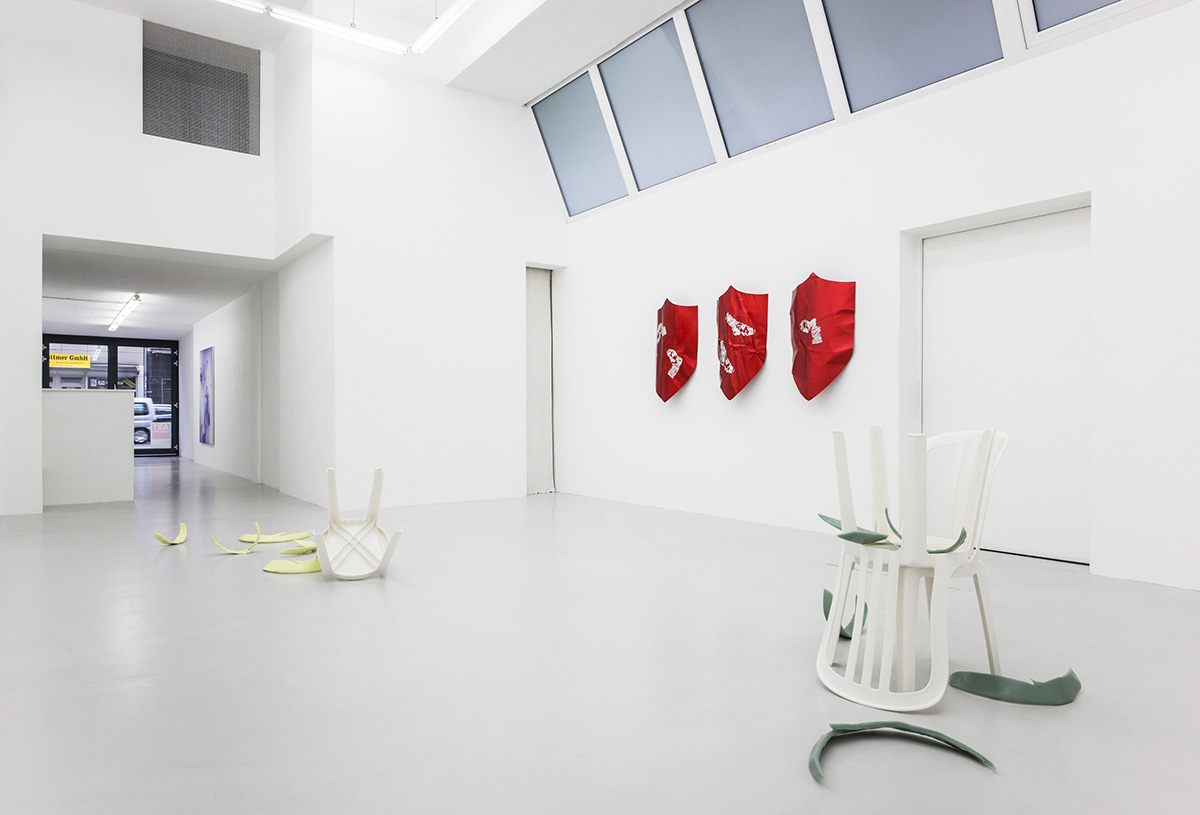 Exhibition view
Exhibition view
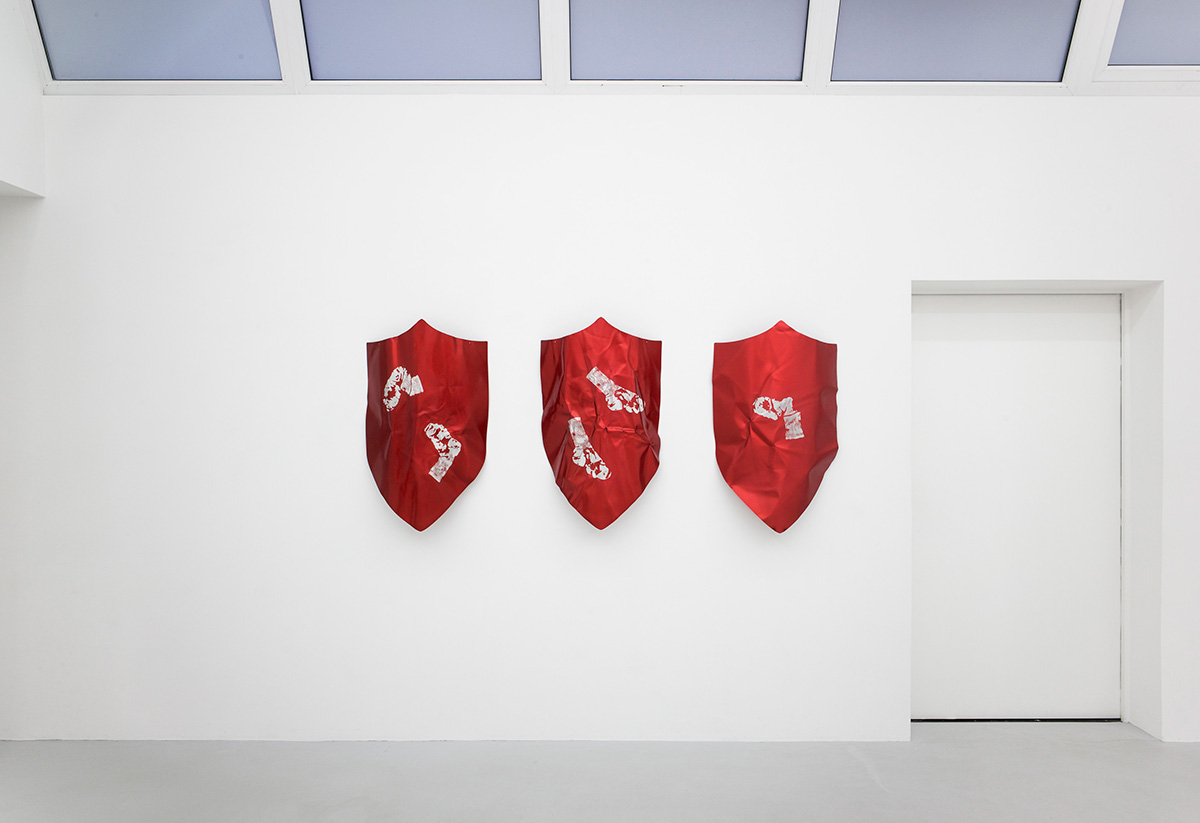 Exhibition view
Exhibition view
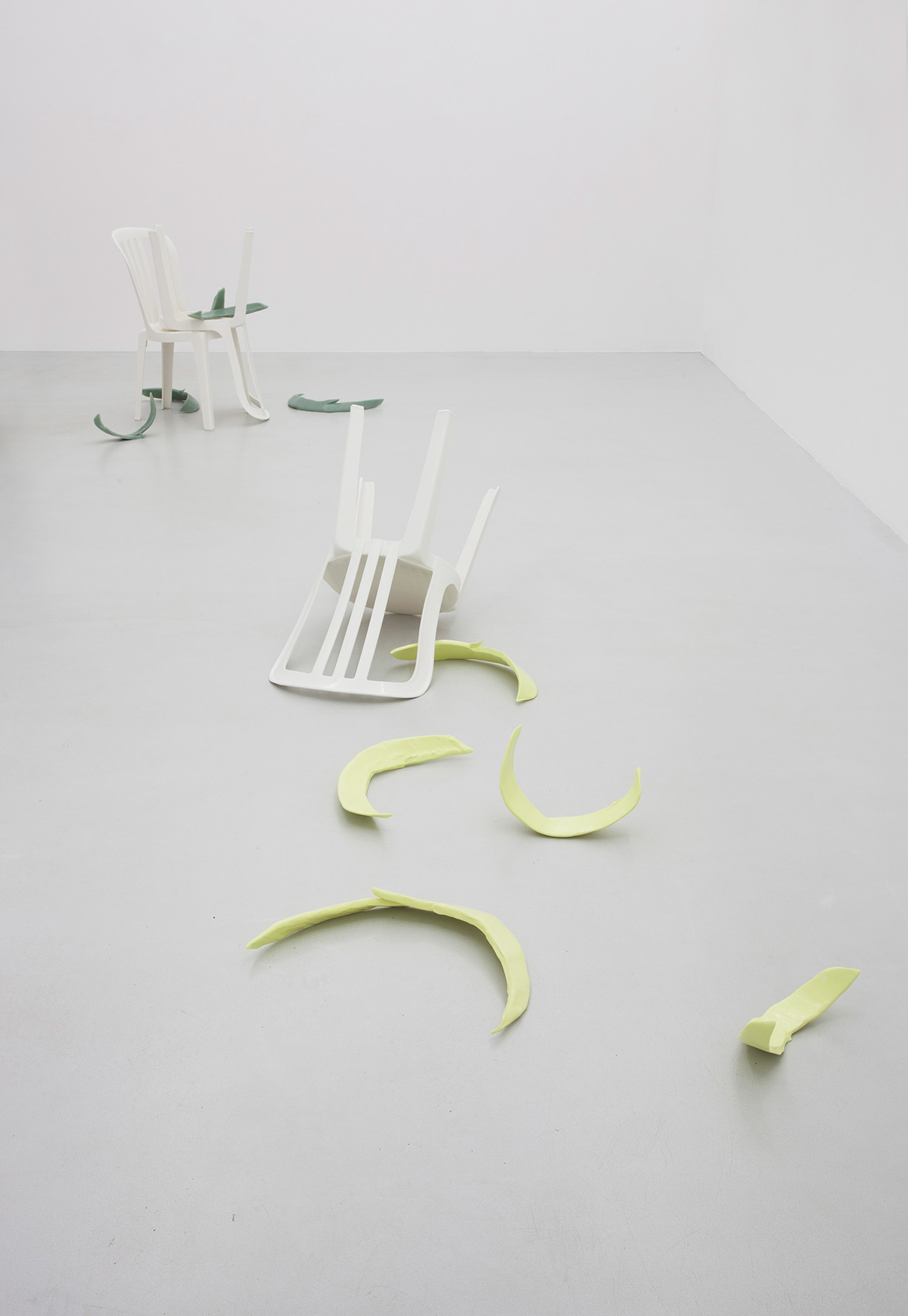 Exhibition view
Exhibition view
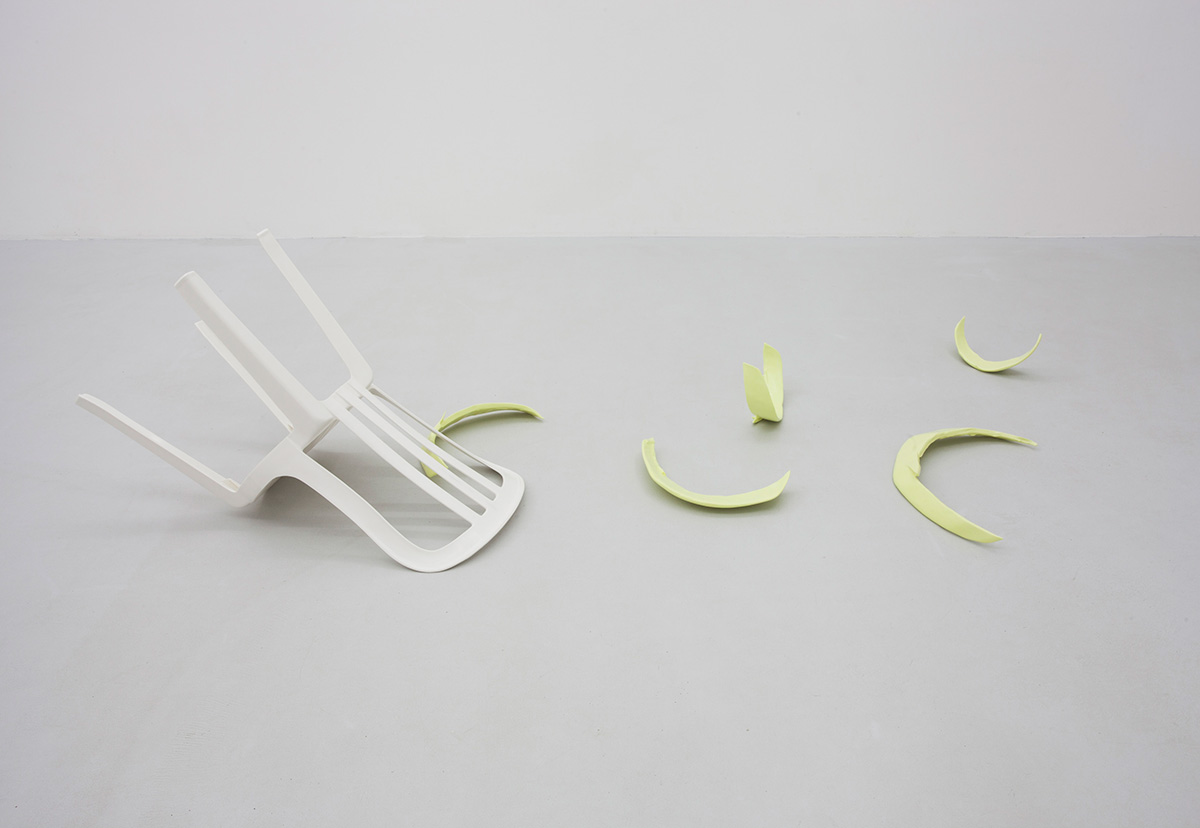 Nicolas Pelzer, Unused Five (Green-Yellow), 2019
Nicolas Pelzer, Unused Five (Green-Yellow), 2019
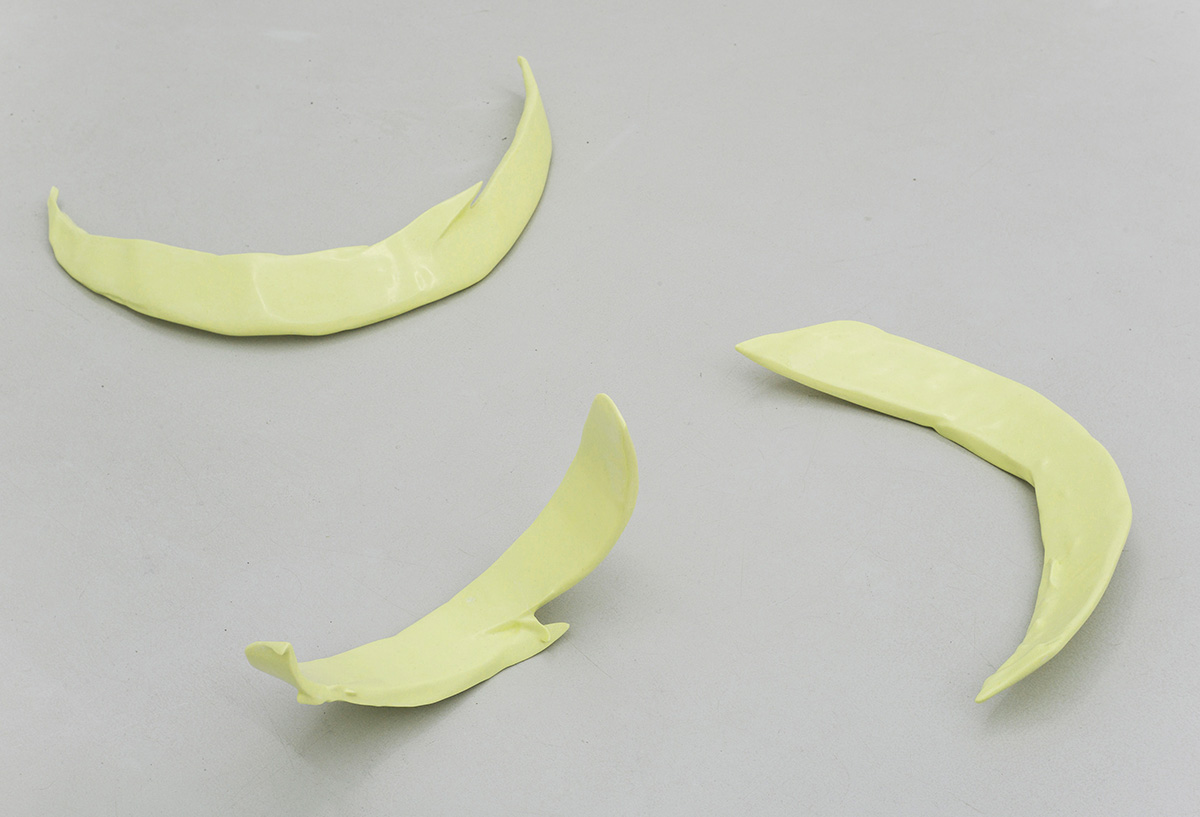 Nicolas Pelzer, Unused Five (Green-Yellow) (detail), 2019
Nicolas Pelzer, Unused Five (Green-Yellow) (detail), 2019
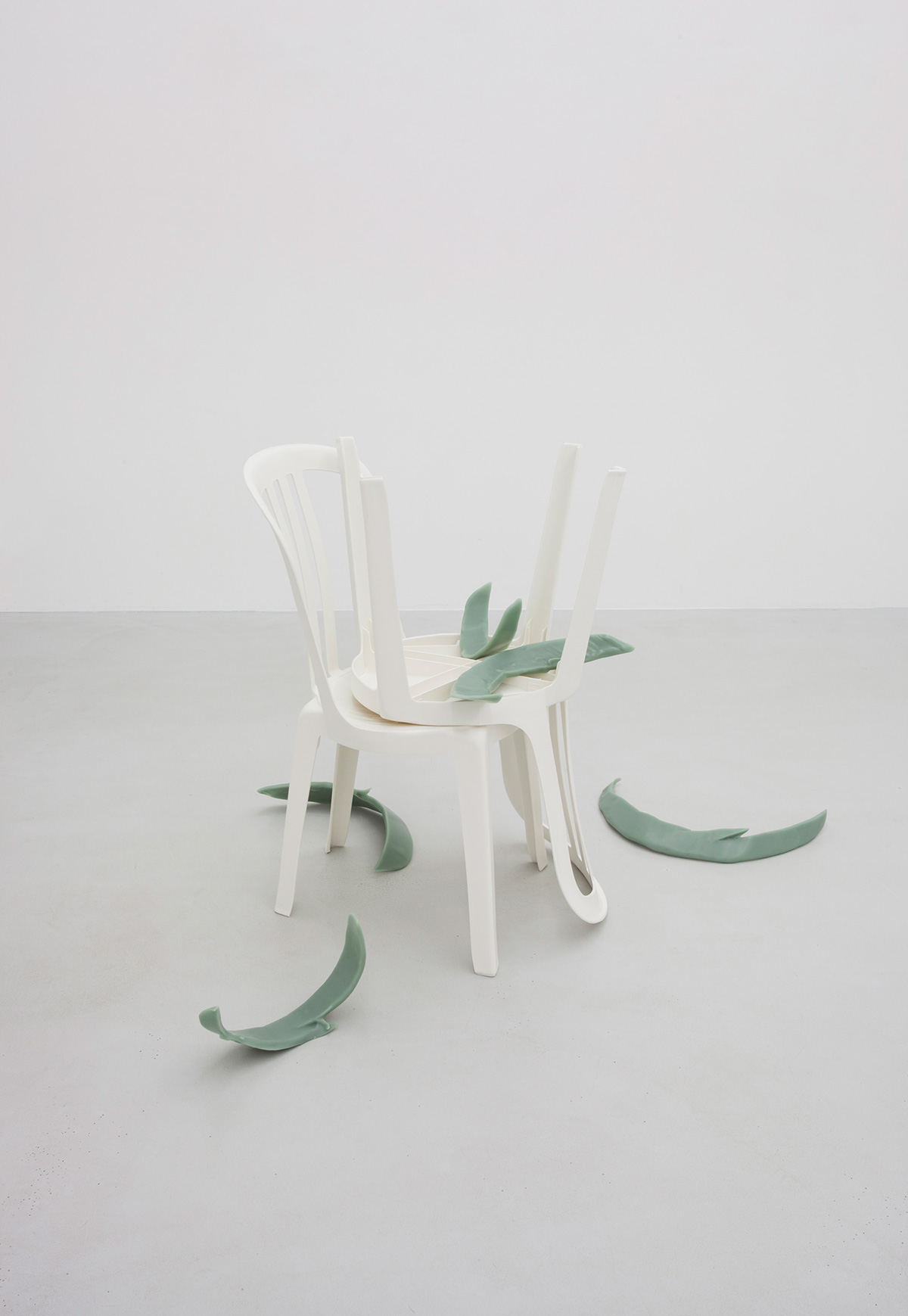 Nicolas Pelzer, Unused Five (Ash-Green), 2019
Nicolas Pelzer, Unused Five (Ash-Green), 2019
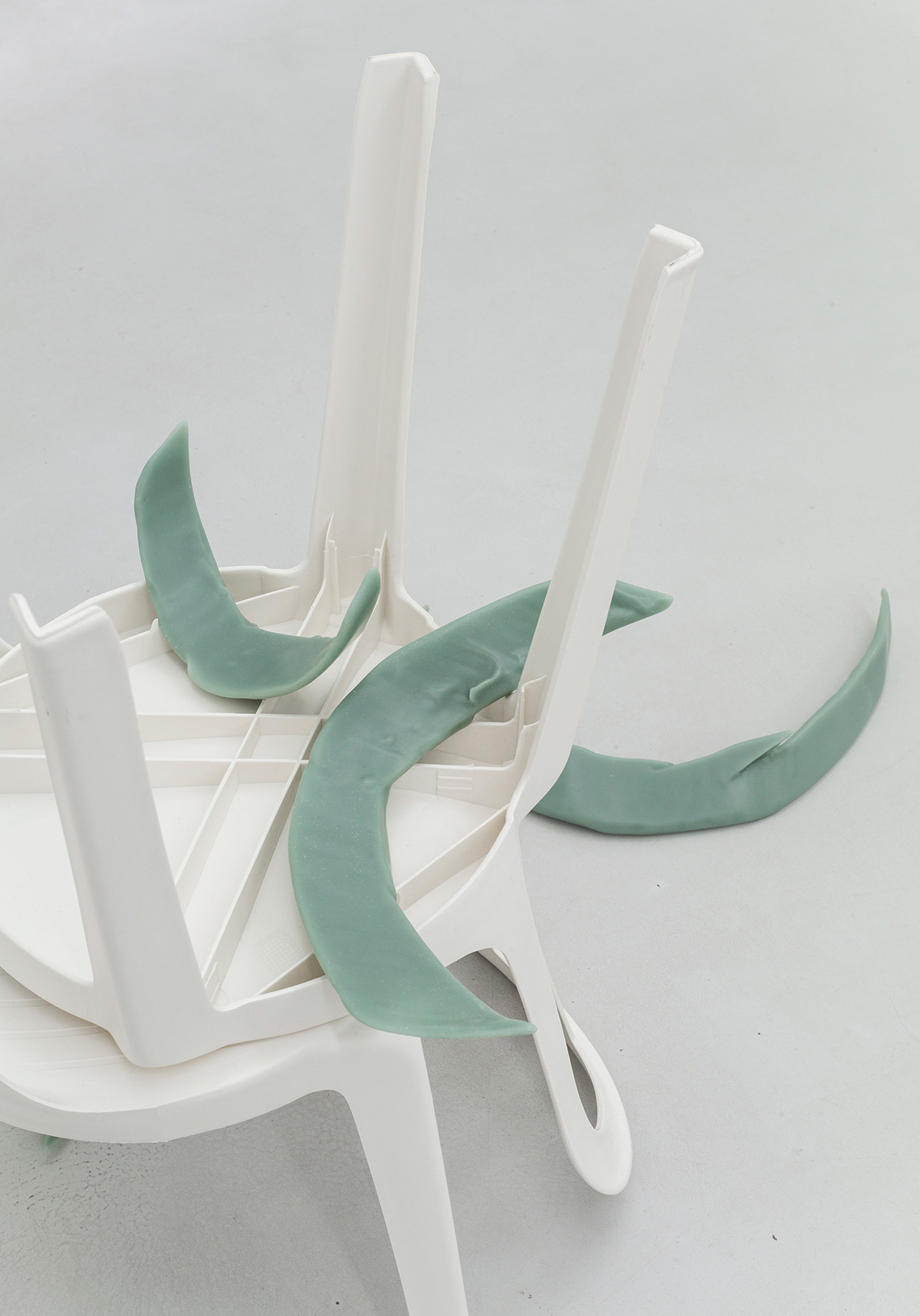 Nicolas Pelzer, Unused Five (Ash-Green) (detail), 2019
Nicolas Pelzer, Unused Five (Ash-Green) (detail), 2019
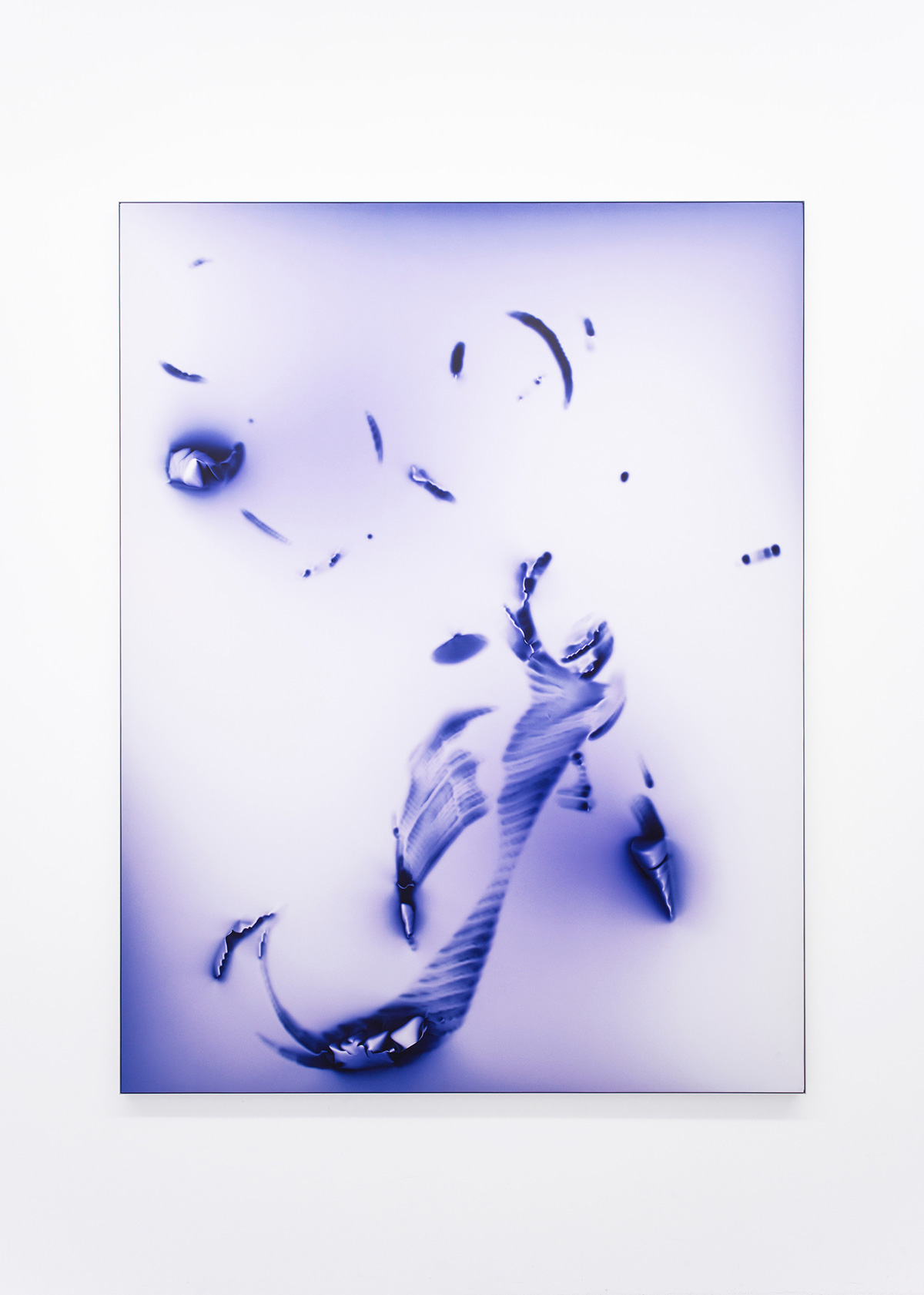 Nicolas Pelzer, Wear and Tear #1, 2019
Nicolas Pelzer, Wear and Tear #1, 2019
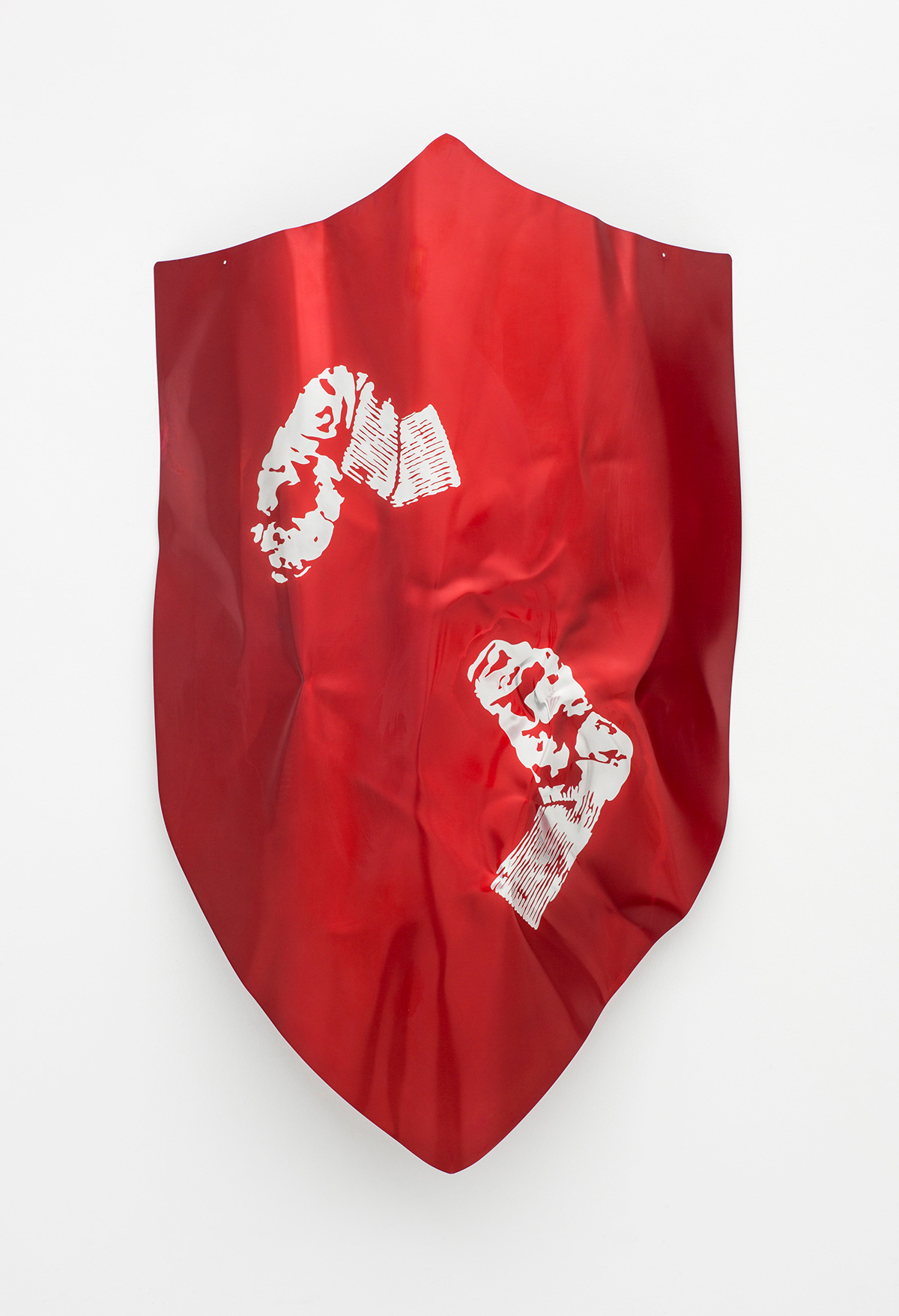 Nicolas Pelzer, Shield #7, 2019
Nicolas Pelzer, Shield #7, 2019
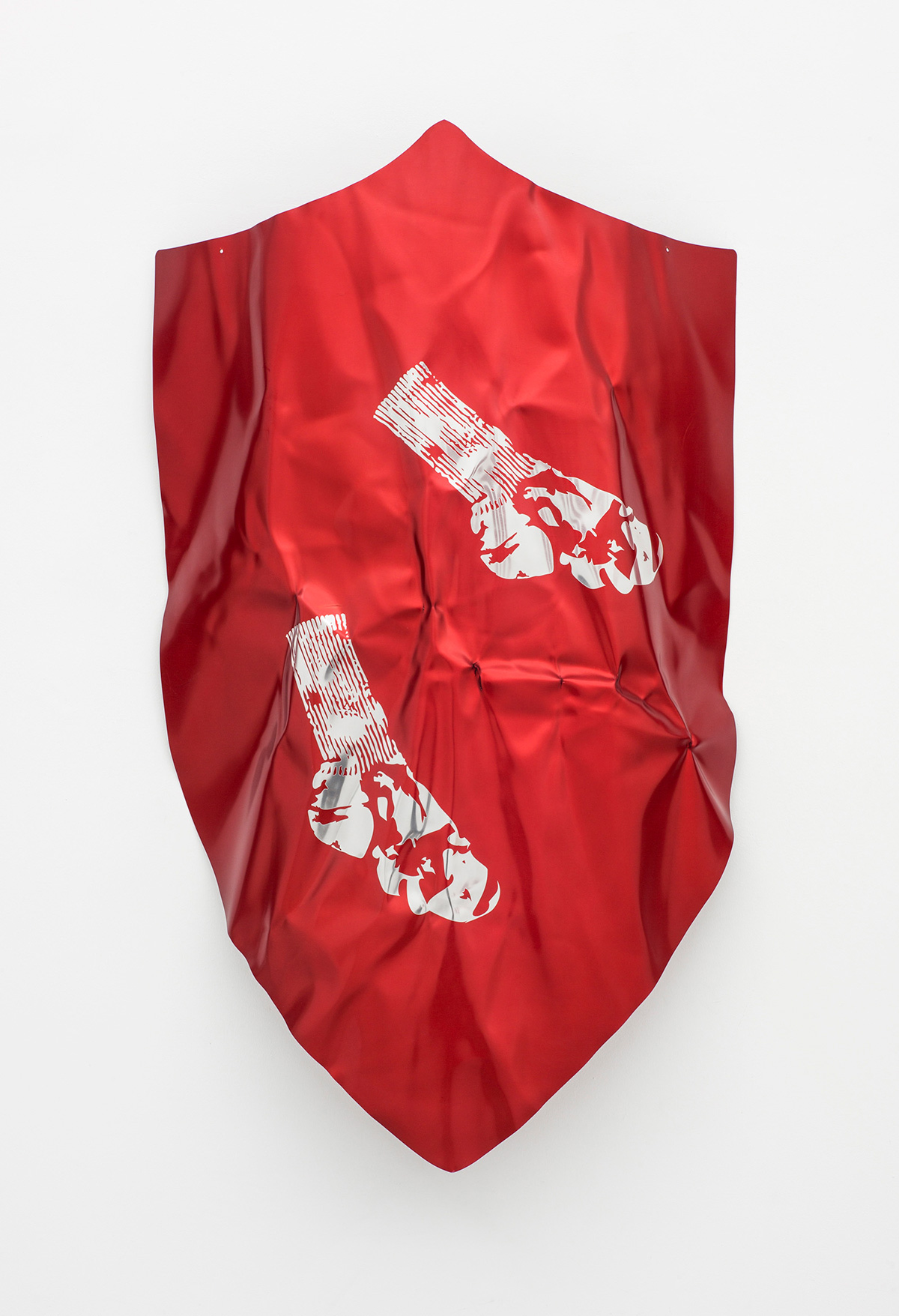 Nicolas Pelzer, Shield #6, 2019
Nicolas Pelzer, Shield #6, 2019
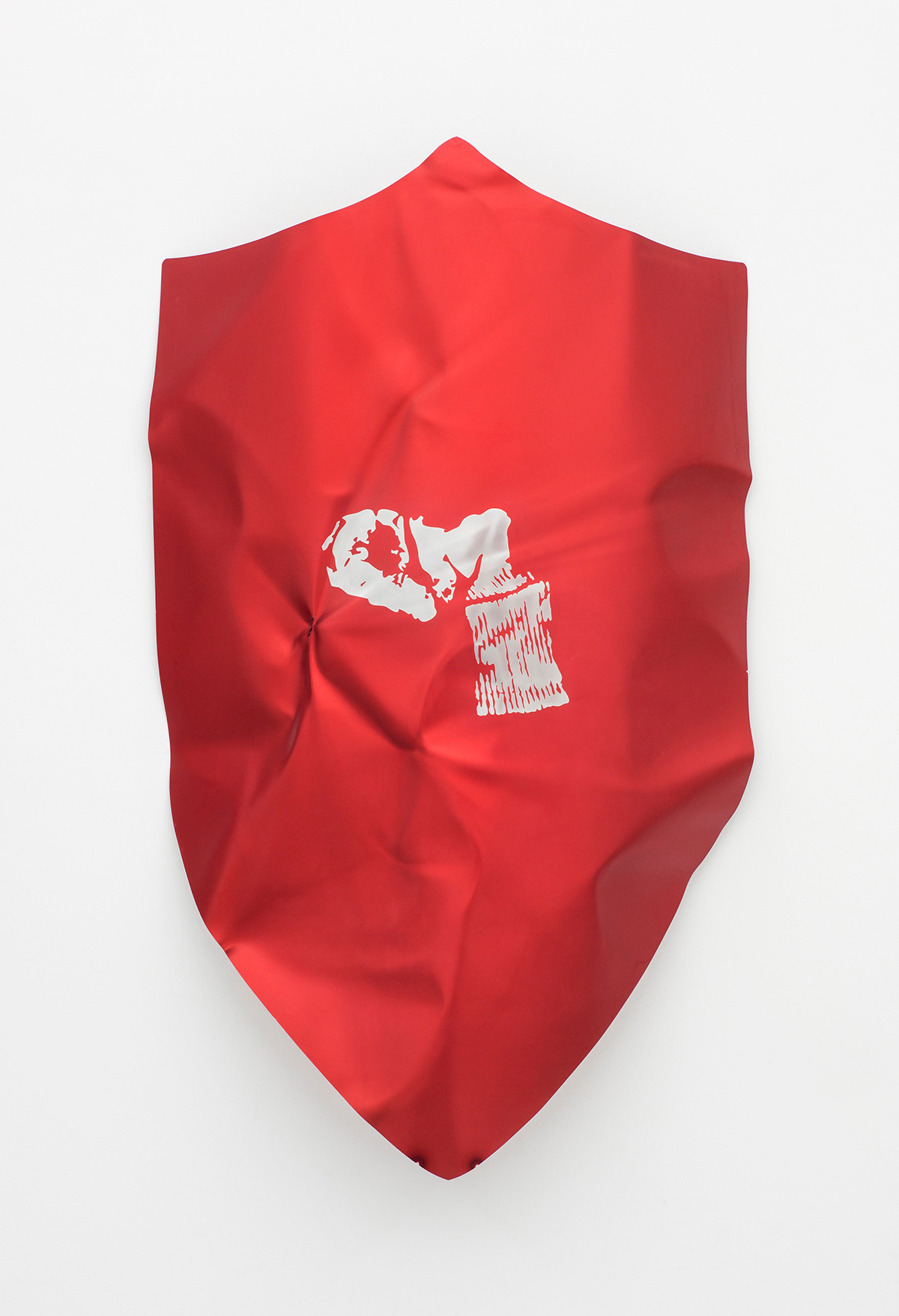 Nicolas Pelzer, Shield #5, 2019
Nicolas Pelzer, Shield #5, 2019
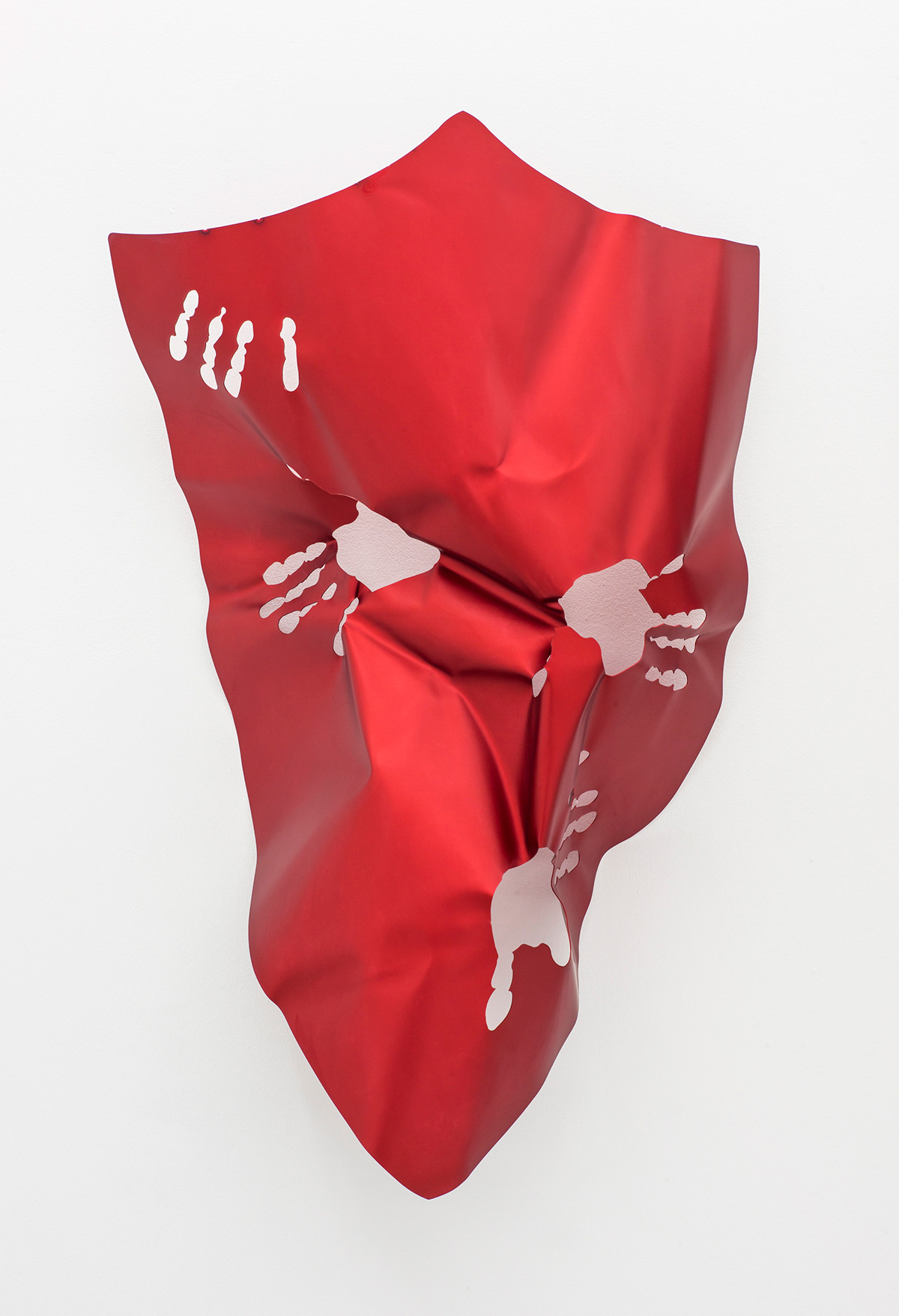 Nicolas Pelzer, Shield #3, 2019
Nicolas Pelzer, Shield #3, 2019
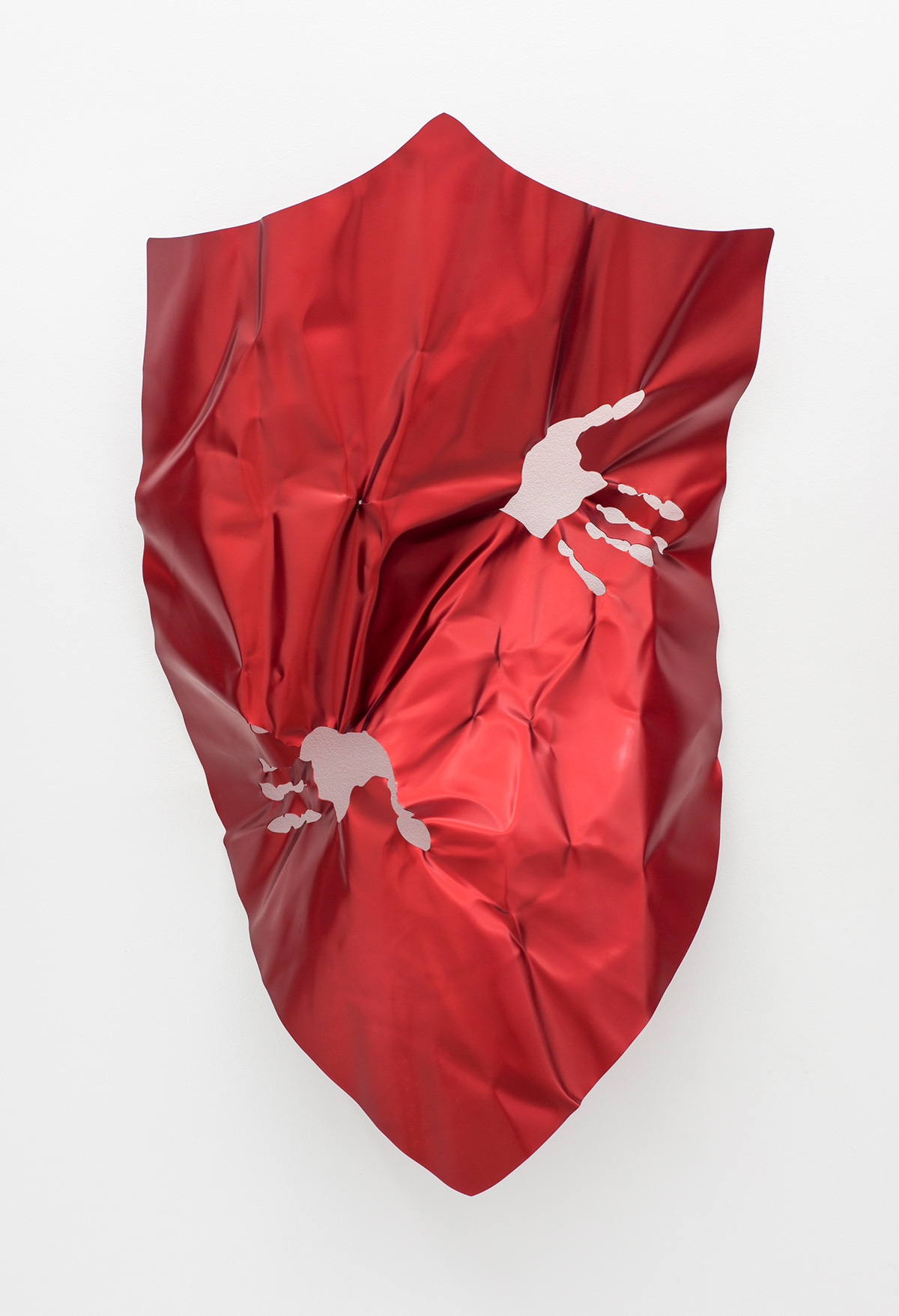 Nicolas Pelzer, Shield #1, 2019
Nicolas Pelzer, Shield #1, 2019
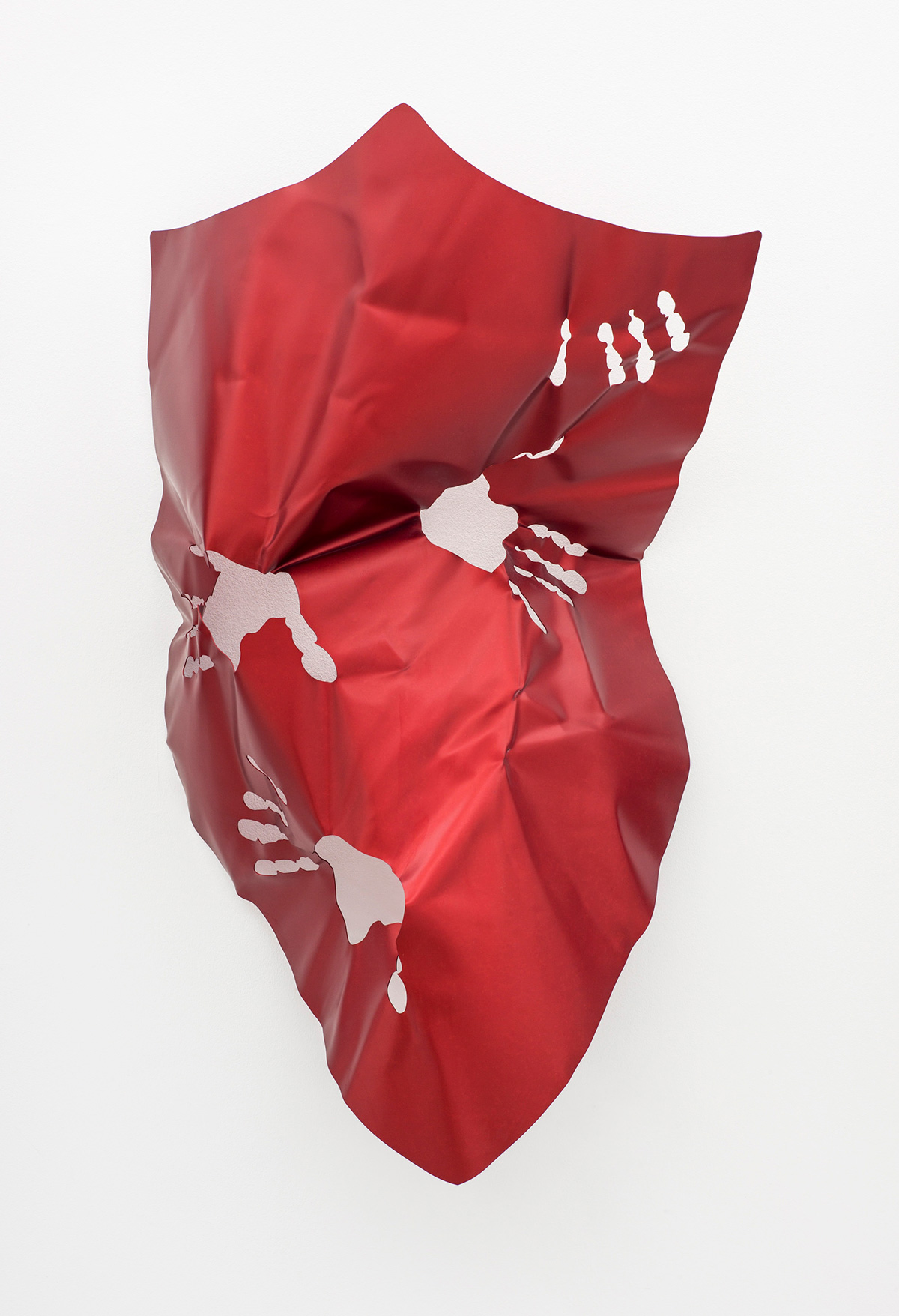 Nicolas Pelzer, Shield #2, 2019
Nicolas Pelzer, Shield #2, 2019
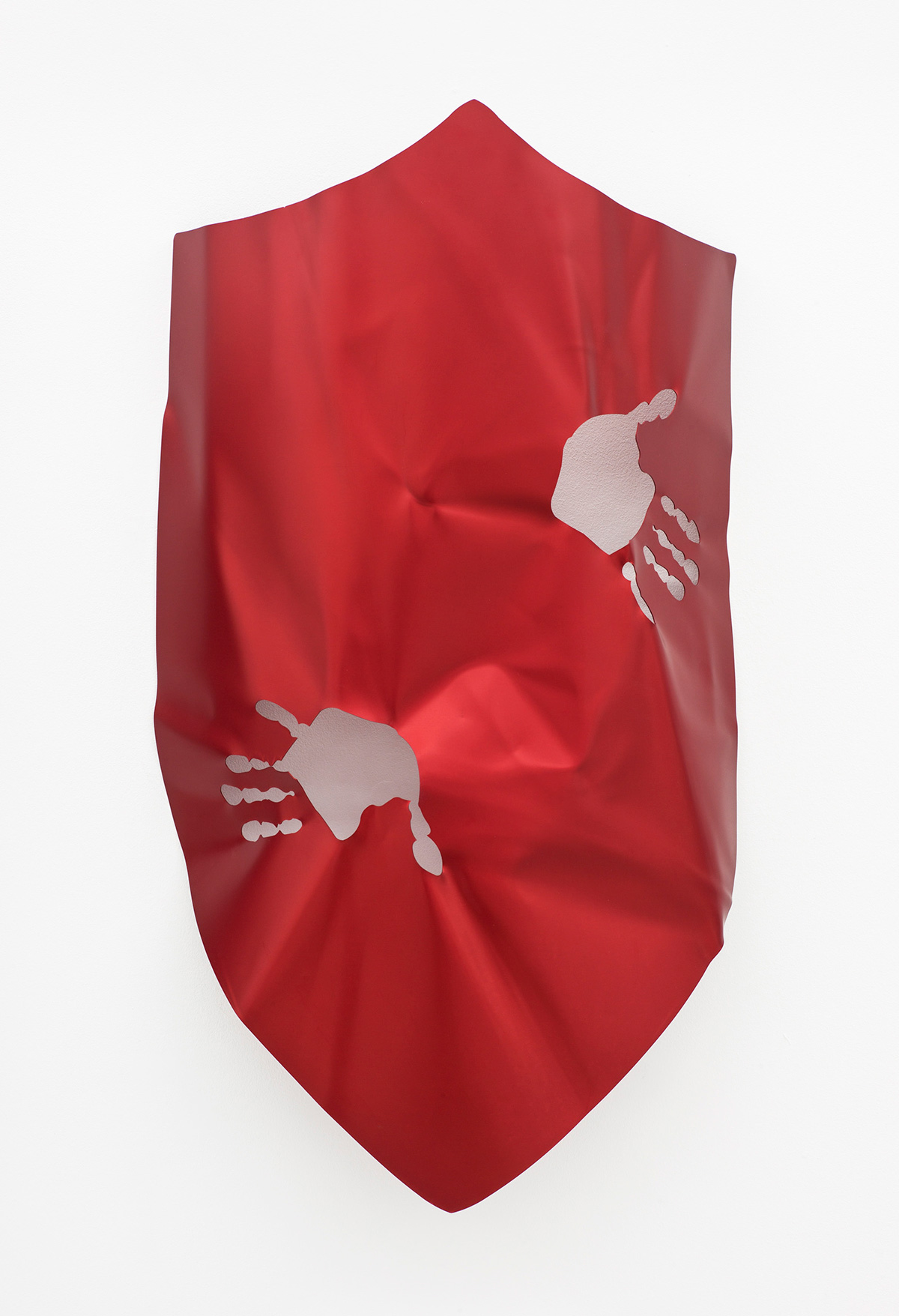 Nicolas Pelzer, Shield #4, 2019
Nicolas Pelzer, Shield #4, 2019
The artist Nicolas Pelzer opens with Never Wash Without Soap his first solo exhibition at fiebach, minninger. The title of the exhibition is borrowed from the German phrase “Nie Ohne Seife Waschen”, which probably every child has learned at school to memorize the four cardinal points in geography lessons. But the said crib gets lost in translation and retains only its historically marked, moral content. In addition to sociological reflections on didactics in German language, remains the intuitive feeling of being lost – the sense of powerlessness of our oscillating cultures that shape humankind from the individual to the dividual. The compass defines an orientation system in the center of which the human being stands. If the system loses its effectiveness, the human being loses the center of its universe - itself.
Sickles are scattered on the floor and overturned plastic chairs are dispersed in the room. The sickles of The Unused Five (2019) are sections of the five fingernails of the artists hand, which were first digitized and then enlarged in a 3D printing process and repeatedly reproduced in plastics and polymer plasters. The objects leave their original “objective” nature to become graphics of vectors in digital space, to then finally appear as plastics in real space. Scattered between the chairs they first seem to substantiate their existence. The artist chose the objects colours in green and yellow tones, which evoke an alert to the human eye. The shapes of the series differentiate in their surface feel, allowing conclusions to be drawn regarding their production and materiality.
The visualization of the fingernails gestural scattered on the floor leads to a search for clues out of the framework of everyday life, against whose implicitness the objects exemplarily stand opposed. They can be considered as omnipresent objects in the human world, seemingly as lackluster as uncommanding of attention. Analogously, through the technical evolution, humans seem to have alienated themselves from their bodies and now meet what their bodies naturally generate with shame.
Similarly, Pelzer presents industrially produced plastic chairs, which are able to compress a sense of human inattentiveness. In addition to those “objets trouvés”, Pelzer uses the industry for some of his working processes. The industrial production follows a different logic and thus the artist inscribes heterogeneities into his work.
Before the objects emerged in their plasticity, the cut fingernails entered the digital world, where they re-established their existence as objects. Are they reversing the antithesis of artificial and natural?
Nicolas Pelzers Wear and Tear (Fingernails) (2019), a series of monochrome renderings, appear like projection prisms that not only demand in their haptics and aesthetics a contemporary look at the fetishization of everyday life. In one scene, the 3D computer graphics undergo a physical process that bounds the geometric models of the fingernails to a gravity room. There they are thrown onto a specially designed canvas, leaving their traces of wear on the virtual background. The size of the nails is modelled on their three-dimensional printed counterparts. The digital traces of wear are rendered, coloured and transported in a final step in a latex printing process onto a material two-dimensional plane. Pelzer constructs sensuality, which positions itself self- confidently in a line with painting and photography and in doing so, measures his own aesthetic claim, also in the sovereign of the digital.
Red triangular shields made of anodized aluminium perched on the walls like supposed guardian soldiers from distant times. However, the series Shield (2019) also evokes the images of wearable weapons, in heraldry referred to as escutcheons, and their elemental role in coats of arms, the visual emblems of self-protecting affiliations. This pictorial vocabulary has been transported out of the analogue world into the totality of a world defined through digital signals. There it has become a symbol, a logo, an icon for the protection and security of data and data transfers. Pelzer uses this pictorial language and brings it back into a real plasticity. The Shield triptych bears figurative socks, which removed the anodised colour of the surface in an etching process. They are based on the artists socks, whose coloured imprint has been digitized and programmed into a stencil. In addition, Pelzer crushes and bruises, beats and squeezes the shields; it almost seems like they need to protect themselves from their creator. Furthermore, the artist cuts in the second row of shields standardized handprints as blanks in the aluminium, thus opening up their set boundaries. Body and corporality seem to be substituted.
Nicolas Pelzer's Shields bear traces of struggle, blanks and signs that point to a real physical corporality, opening existential questions about human development. They question across dimensions and ask what meaning the digital space and the uncertain guarantee for its security have for the body, whose boundaries we are still trying to define.
Perhaps Nicolas Pelzer points in his exhibition to a space without a compass and yet manages to set a center.
— Luisa Schlotterbeck